Cat Body Language: Tail Signs Explained
What do cats use their tails for?
Cats use their tails for two main functions:
Balance and communication.
Kitties are all about body language. When they need to communicate with another cat, they use their tail to do so. When it comes to communicating with pet owners, our furry friends may meow or whine to get attention, but they often use their tail as well.
Unfortunately, since you’re not well-versed in kitty language, you may not understand what your fur baby is trying to tell you. But with study and practice, you can interpret cat tail signs like a pro.

@outdoorobi
Why are cats sensitive about their tails?
You may have noticed your kitty doesn’t like it when you touch her tail. Most cats don’t like their tails touched, and this may be because:
- It’s a sensitive area.
- It stresses them out.
- It makes them feel threatened.
- They don’t trust you.
- They have an injury.
- They’re just touchy.
It’s a sensitive area.
Your cat’s tail, made up of tendons, ligaments, and nerves, is one of her most sensitive parts. The fact that it’s connected to the spine makes it an especially fragile, delicate area.
It stresses them out.
Unfortunately, it doesn’t take much to stress out your feline buddy. If your cat isn’t used to having her tail touched, a simple pat could be enough to drive her up the wall.
It makes them feel threatened.
If you’ve ever accidentally stepped on your cat’s tail, you know how quickly she can turn on fight or flight mode. Cats are highly sensitive, and anything that threatens their tail is doubly scary.
They don’t trust you.
If you’re a new cat parent, your kitty may not be ready to trust you yet, and going straight for the tail is like a red flag. Instead, try petting her head or body to build trust.
They have an injury.
If your cat is more aggressive or protective of his tail than usual, or if he tries to hide it, that may be a sign of an injury, and you may want to take him to the vet.
They’re just touchy.
Sometimes, there’s no particular reason why your cat is being weird about her tail. It may simply be that she doesn’t want you to touch it, in which case you should respect her wishes.
Cat Tail Communication: The Fundamentals
Here’s a handy guide to seven common tail signals:
- When the tail is upright and held high: If your cat’s posture is hunched and his back curved, a straight-up tail means he’s scared and you should keep your distance.
- When the tail is curled at the top like a question mark: An upright tail with a curve at the top is basically your kitty’s neutral tail position. It means she’s calm, happy, and ready to play.
- When the tail is pointed straight down: Usually this means your kitty feels threatened and doesn’t want to be approached. Then again, some cat breeds keep their tails close to the ground all the time, like the Bengal Cat Breed.
- When your cat curves the tail beneath its body: If your cat tucks his tail beneath his body or between his legs, he’s either nervous, uncertain, or in submission. There may be something in the environment that makes him uneasy.
- When the tail is puffed: A fluffed tail and arched spine may mean your cat feels threatened. This posture is defensive behavior, the equivalent of staring down an enemy.
- When your cat swings his tail back and forth: If your cat moves his tail in a jerky or tense way, he may be irritated. For example, if you’re petting your kitty and his tail starts to jerk, he’s telling you that that’s enough petting for now.
- When your cat swings its tail side to side: Tail wagging can mean your kitty is curious. He may be focused on something, like a squirrel or toy. If you see him take a crouched position, he may be about to pounce.

@Kittyliving_vanlife
When it comes to reading feline body language, don’t just look at the tail position. Pay attention to things like ear position, back, and full body posture to get a better idea of your cat’s current behavior and mood.
Eyes are also important. For example, a slow blink is a sign of love and trust, while constricted pupils signal nervousness. Wide, dilated pupils can also send a message. A kitty with her pupils dilated may be scared or simply stimulated, such as at playtime.
How You Should Respond to a Cat's Tail Talk
It may take a while for you to get good at reading your cat’s tail movements, but once you do, you’ll find it makes caring for your feline friend a lot easier.
If your feline buddy comes running to meet you with her tail curled at the top like a question mark, show her some love. Rub her ears and spend a few minutes playing. On the other hand, if she’s sending you a clear signal to stay away, respect that or you may just end up with a kitty scratching. If you notice she’s constantly scared or unhappy, try and figure out what’s going on. In some cases, this is a sign that a vet visit is in order.
Reading tail signals can also help cat owners know when to safely take their furry friends out on adventures. For example, if you want to take your kitty for a walk but notice that she hunches up and starts jerking her tail when you put on her harness, you may want to save the walk for another day. On the other hand, when your cat’s tail is held high and curved, that may be the perfect time to gently put your furry buddy in a carrier like "The Navigator" Earth Convertible Cat Backpack and head out for a stroll.

Different Types of Tail Wagging: Explained
Cat tail movement have various meanings. As if reading feline body language wasn’t hard enough, tail movements that look very similar can mean a number of different things.
Thrashing
If your cat thrashes his entire tail quickly or hits the ground with it, he’s annoyed about something. This is aggressive behavior, so stay away until your kitty is in a better mood.
Twitching
You may see a twitching tail when your cat is playing or hunting. This simply means he’s curious and/or concentrating on a certain object. But if your kitty is seated and has airplane ears (ears flattened against his head), a twitching tail can mean he’s irritated. Again this is a clear sign for you to stay away.
Swishing
A cat tail swishing is a sign of high excitement, and means your cat is in a dramatic mood. He may be about to pounce or lunge forward. In this case, a swishing tale is a warning not to come any closer.
Tail Quivers
Your cat’s tail may quiver when he marks his territory, something a cat often does when he’s trying to cope with stress. Cats may feel the need to mark their territory when their environment or something in their environment changes, for example, when you move into a new house or get a new pet.
FAQs
- What does it mean when a cat wags its tail slowly?
A slowly wagging tail usually means your cat is uncertain about what to do next. Maybe she’s trying to decide whether to run away or attack another cat, whether to pounce on a toy or back away. She may be nervous or just unsure.
- What does it mean when a cat wraps its tail around you?
When your cat wraps his tail around you, he’s basically giving you a kitty hug. A cat’s scent glands are in his tail, so when he wraps his tail around you, he’s sharing his scent with you: a sure sign of affection. Affectionate social interactions like tail wrapping and head butts are known as affiliative behavior, and many animals engage in them.
- Should I be concerned if my cat is chasing her tail?
Sometimes, chasing a tail is just normal cat behavior. Kitties and young cats often chase their tails for fun. But if your older cat suddenly starts chasing her tail, it may be a sign of fleas, allergies, or infection—especially if there’s biting involved. In that case, you may want to take her to the vet. Other times, your cat may chase her tail because she’s bored. Try getting her some new toys or cat towers.
- Why Do Cats Enjoy Being Petted on Top of Their Tail?
While some cats hate having their tails touched, you may notice that others love being petted on top of their tails. This is because a cat’s scent glands reside in his tail, and when you pet him there, he’s releasing his scent onto you. Cats like to cover their own territory in their scent, so this is your kitty’s way of claiming you as his human.
SHOP CUSTOMER FAVORITES
MORE CAT TRAVEL RESOURCES & FUN
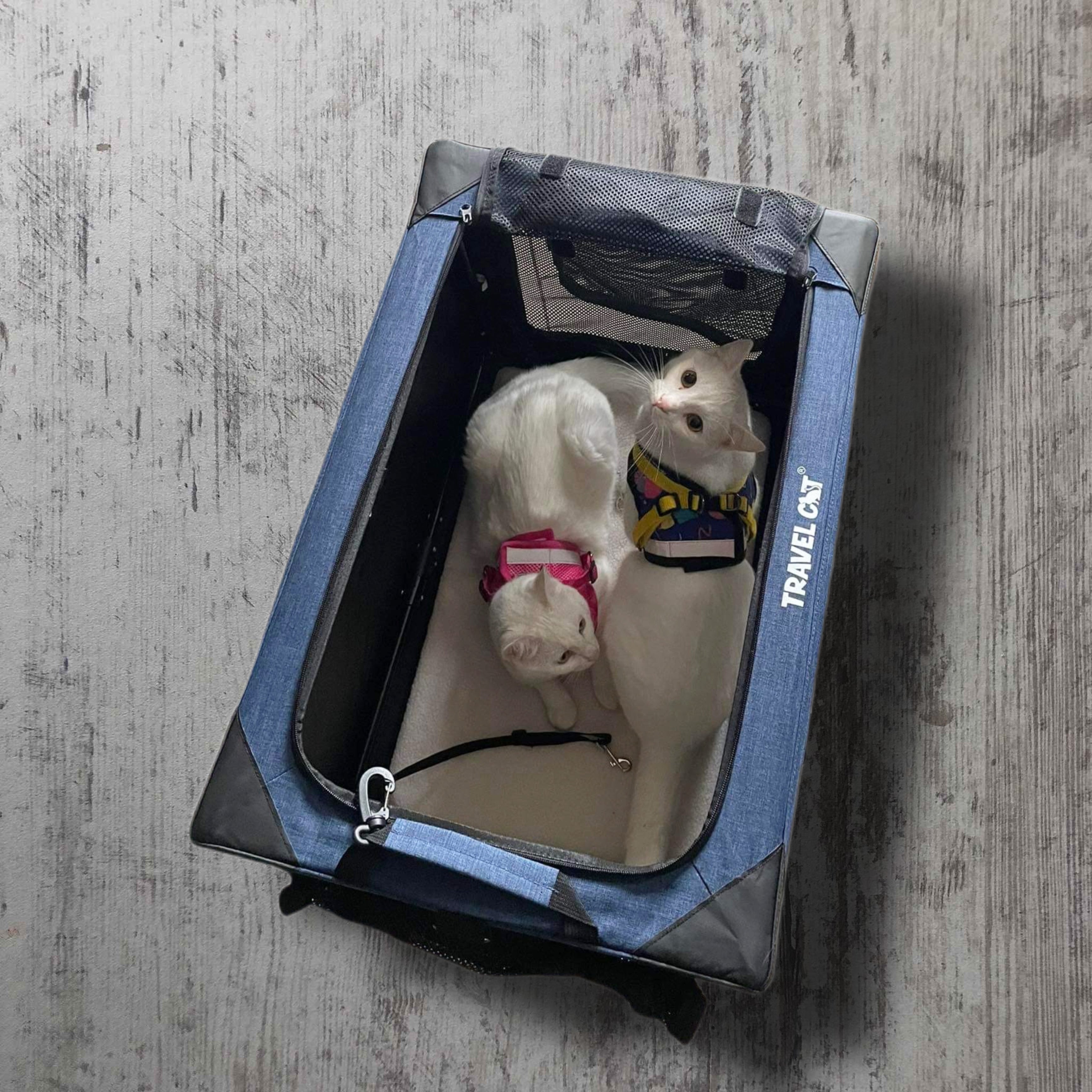
Your Purrfect Guide to Holiday Travel with a Cat: How to Take Your Pet with You Stress-Free
Whether you’re heading home or to a far off vacation, bringing your kitty along can be a challenge. But don’t worry—we’ve put together some trusty tips for traveling with your cat during the holidays.
Read more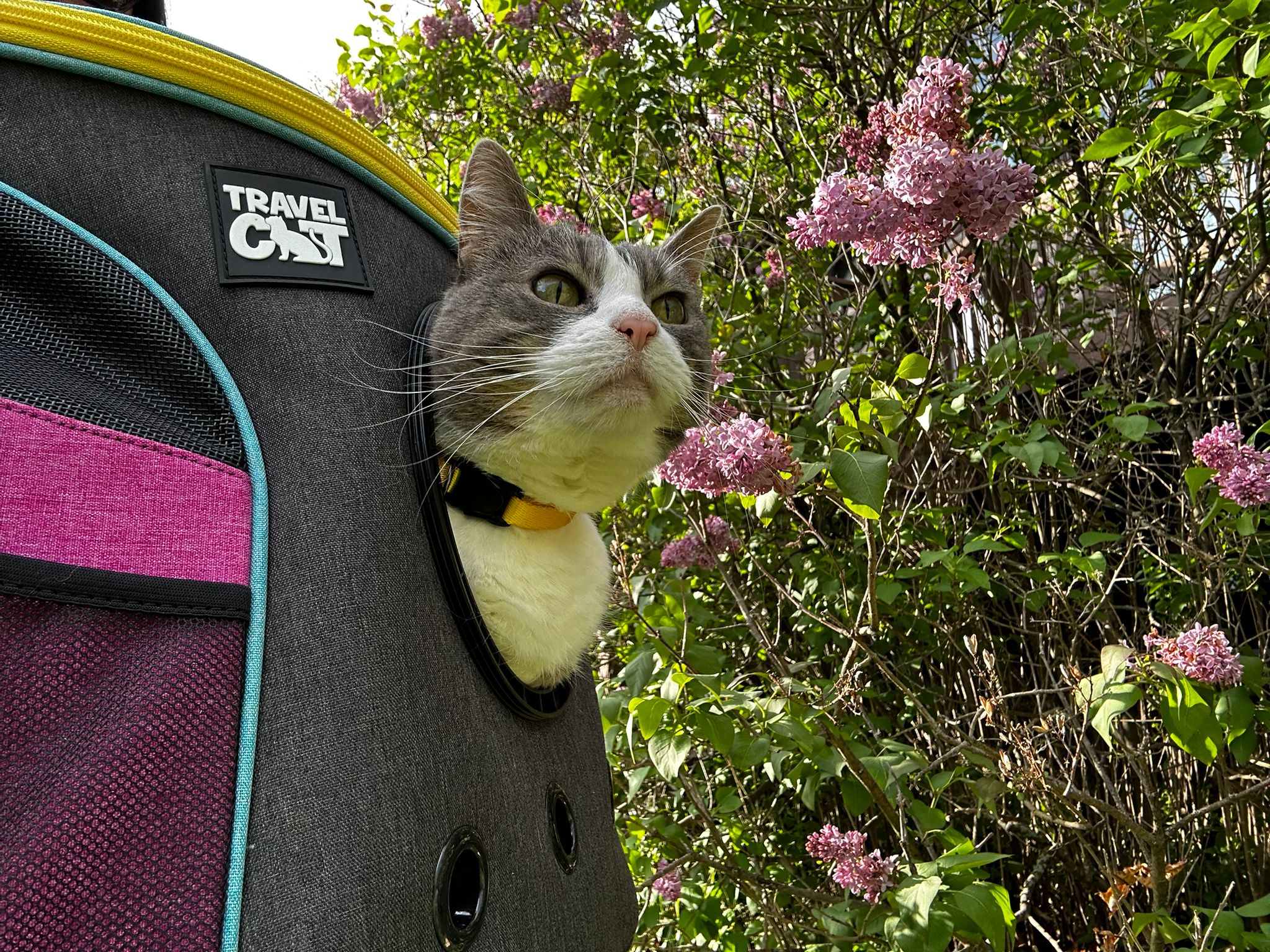
Understanding Hypertrophic Cardiomyopathy (HCM) in Cats: What Every Cat Parent Should Know
At Travel Cat, we believe informed pet parents give their cats the best chance at long, healthy lives. Recently, members of our community unexpectedly lost beloved cats to hypertrophic card...
Read more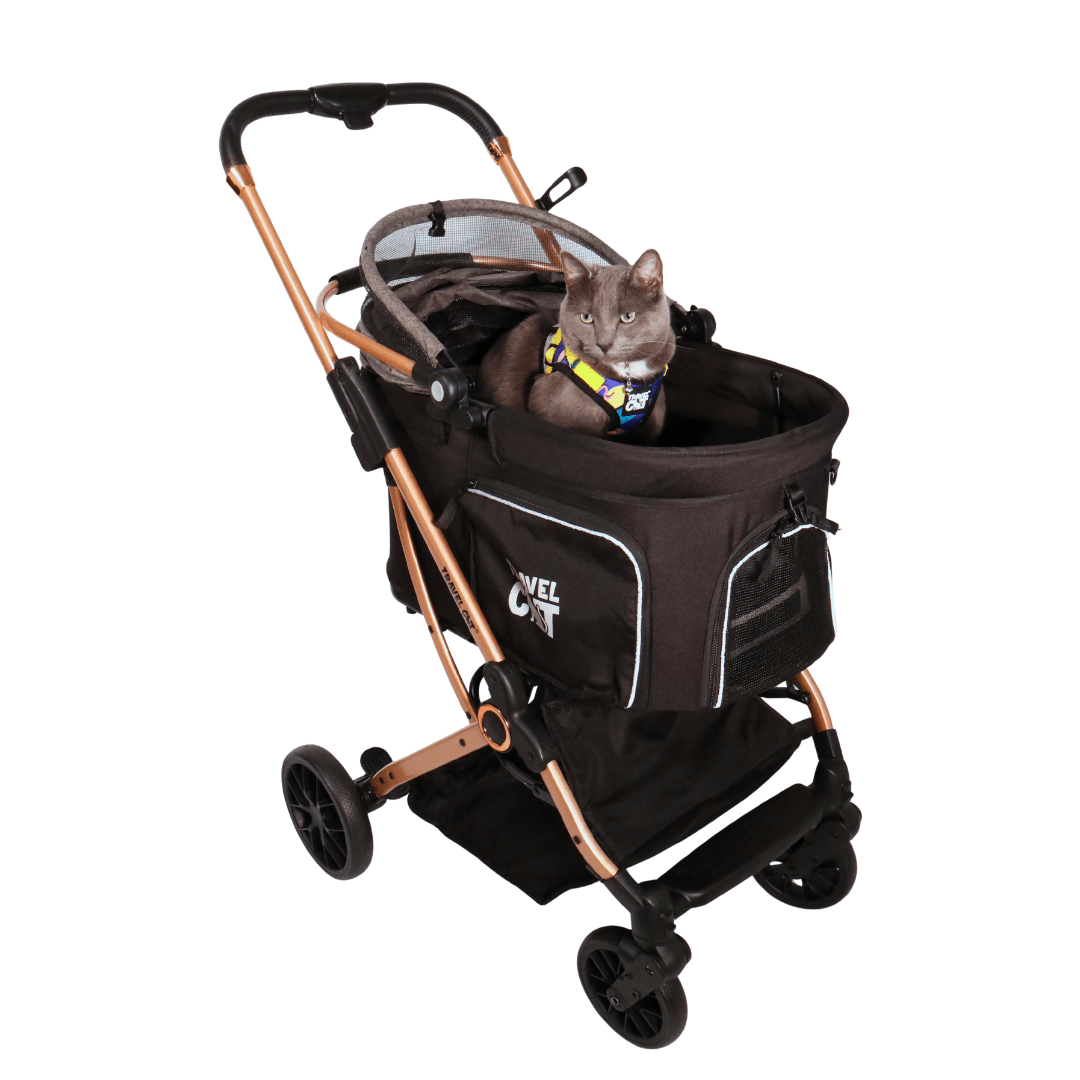
How to Get Your Cat to Love the Stroller
(Without bribes, begging, or betrayal) Let’s face it — cats aren’t known for embracing change. New toys? Suspicious. Rearranged furniture? Offensive. So when it comes to something as bold as a cat ...
Read more
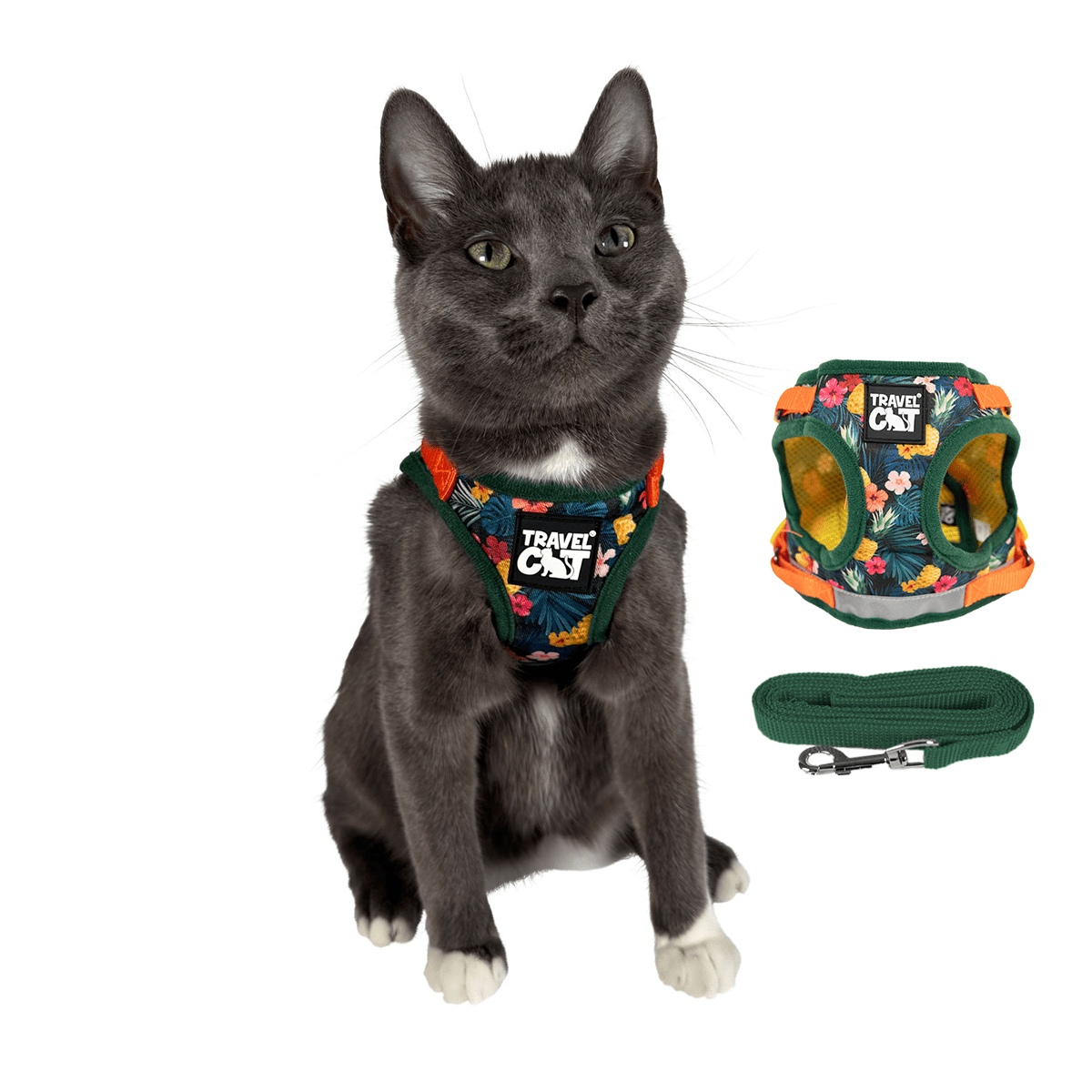
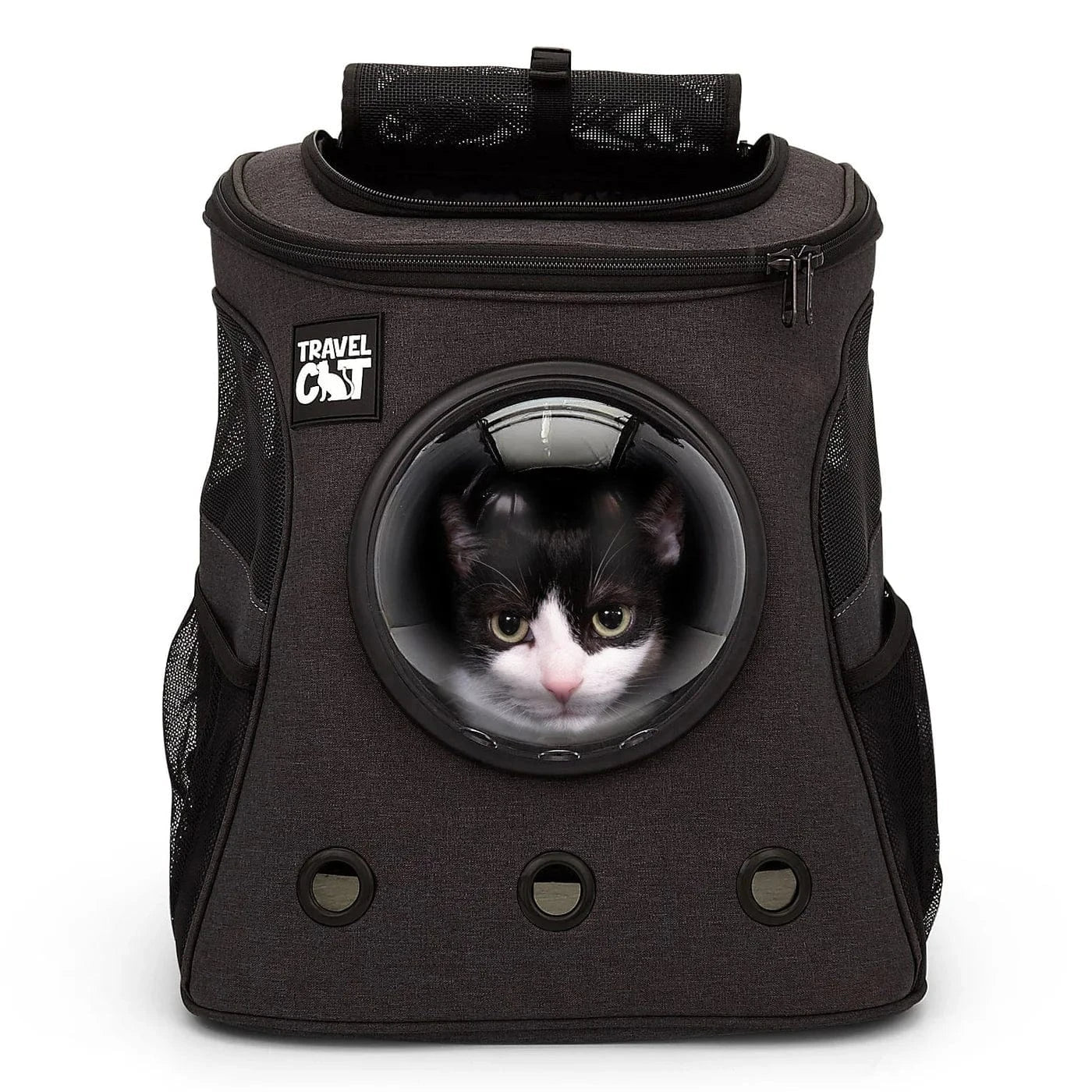
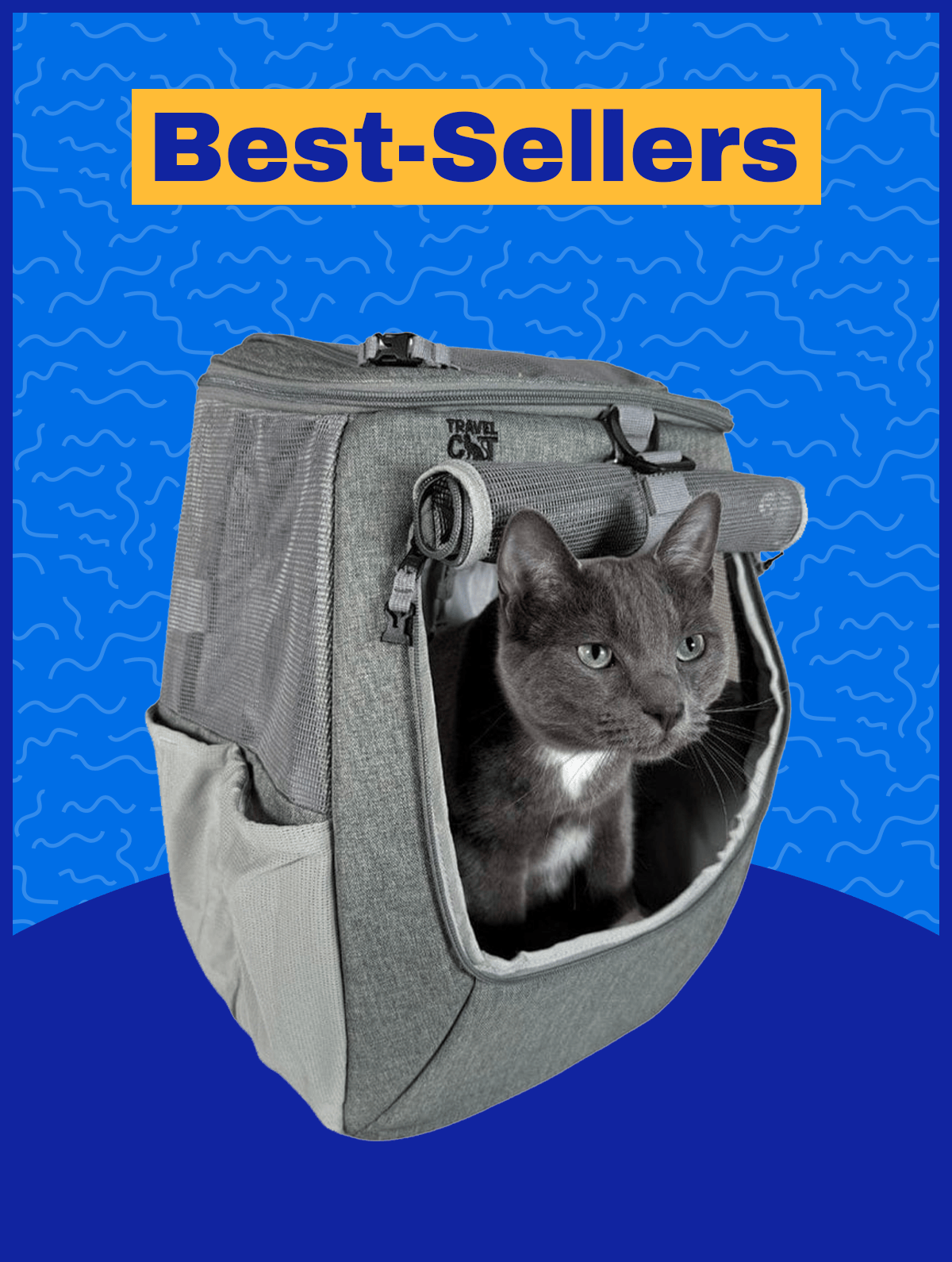
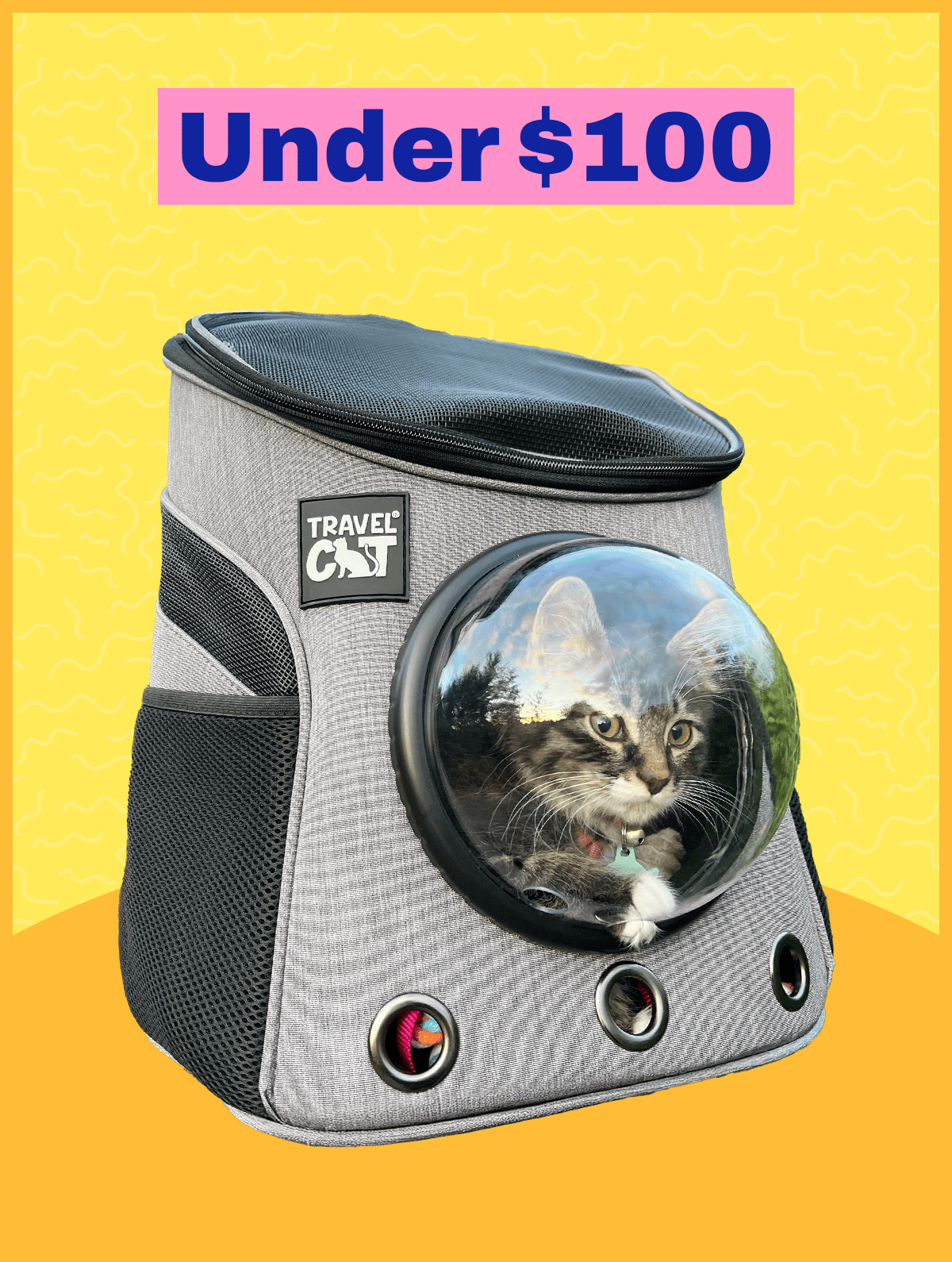


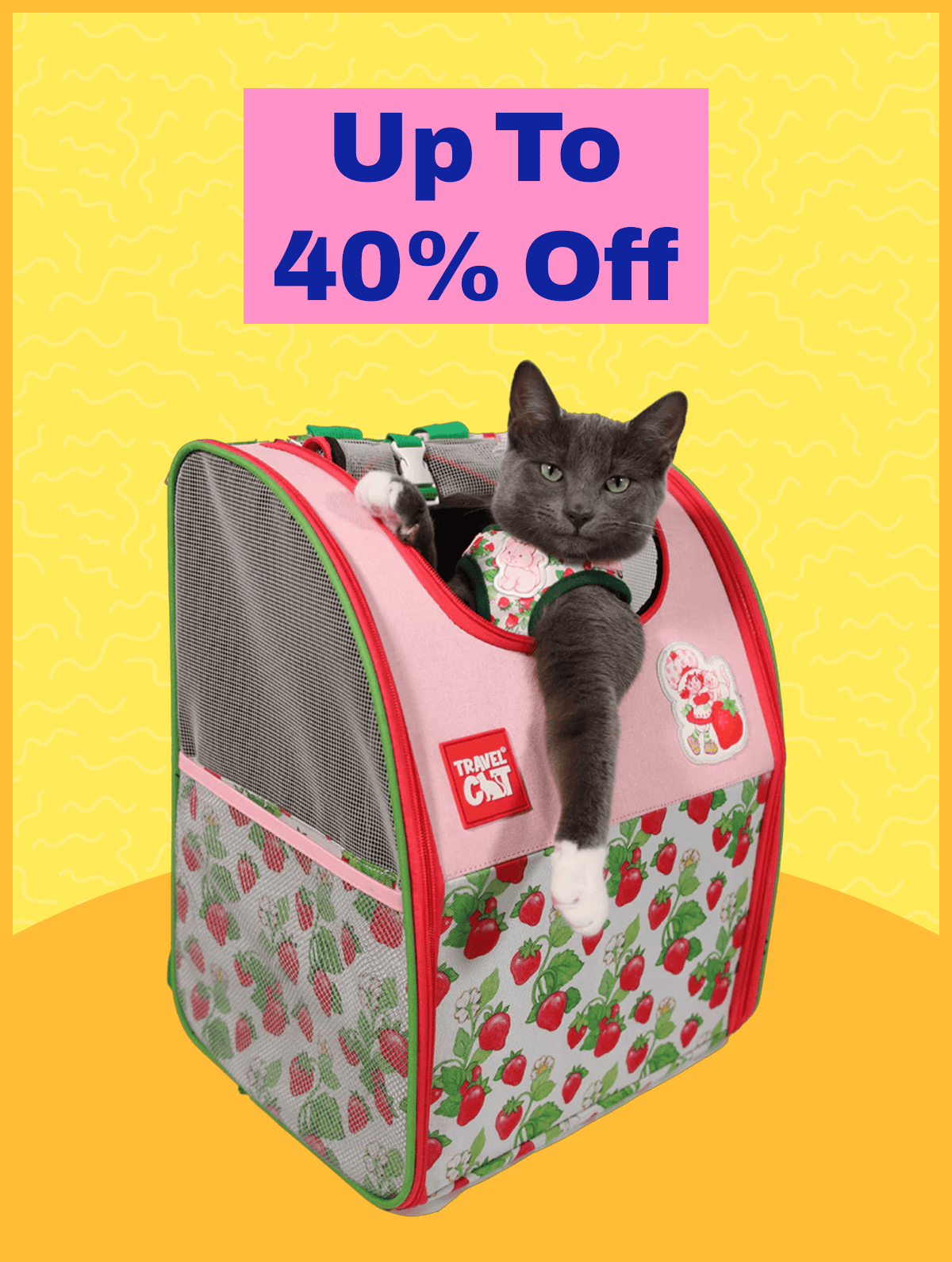
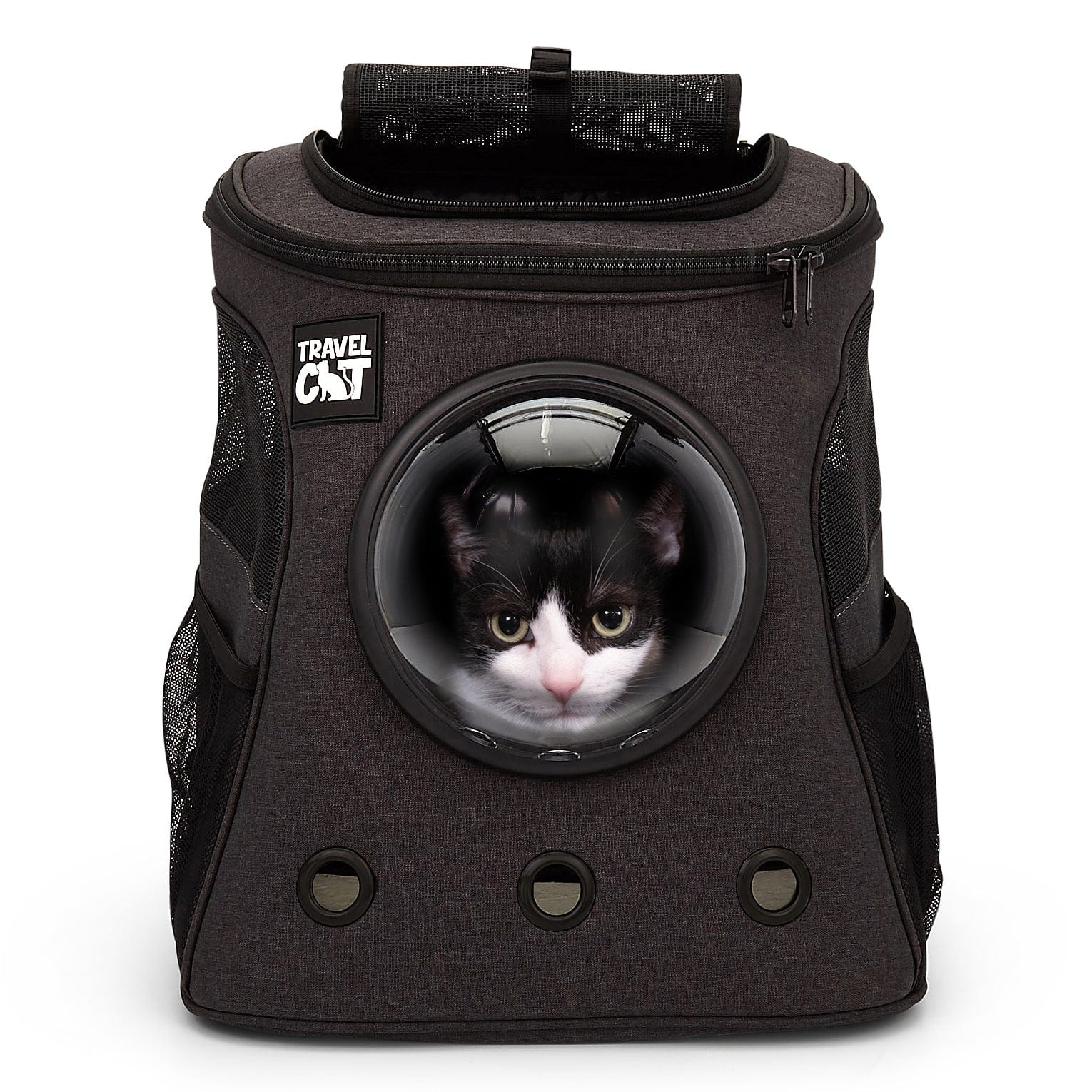
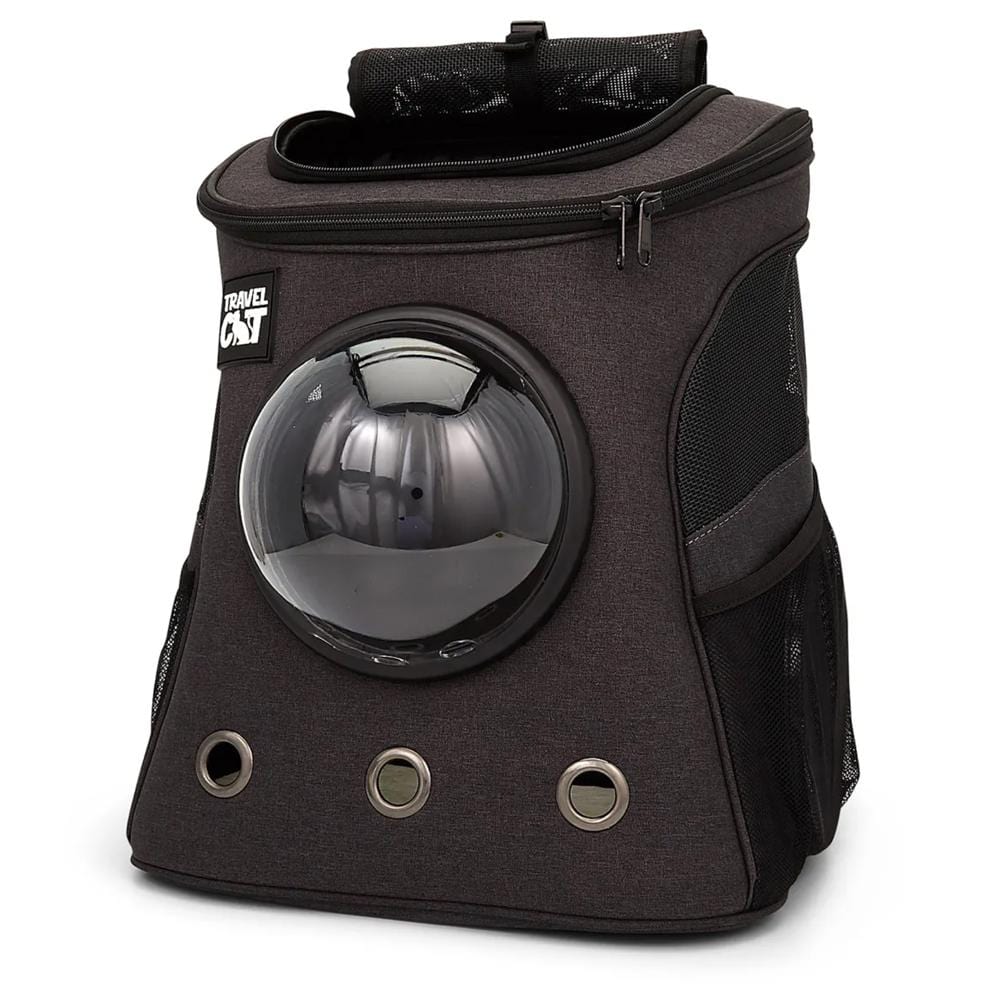
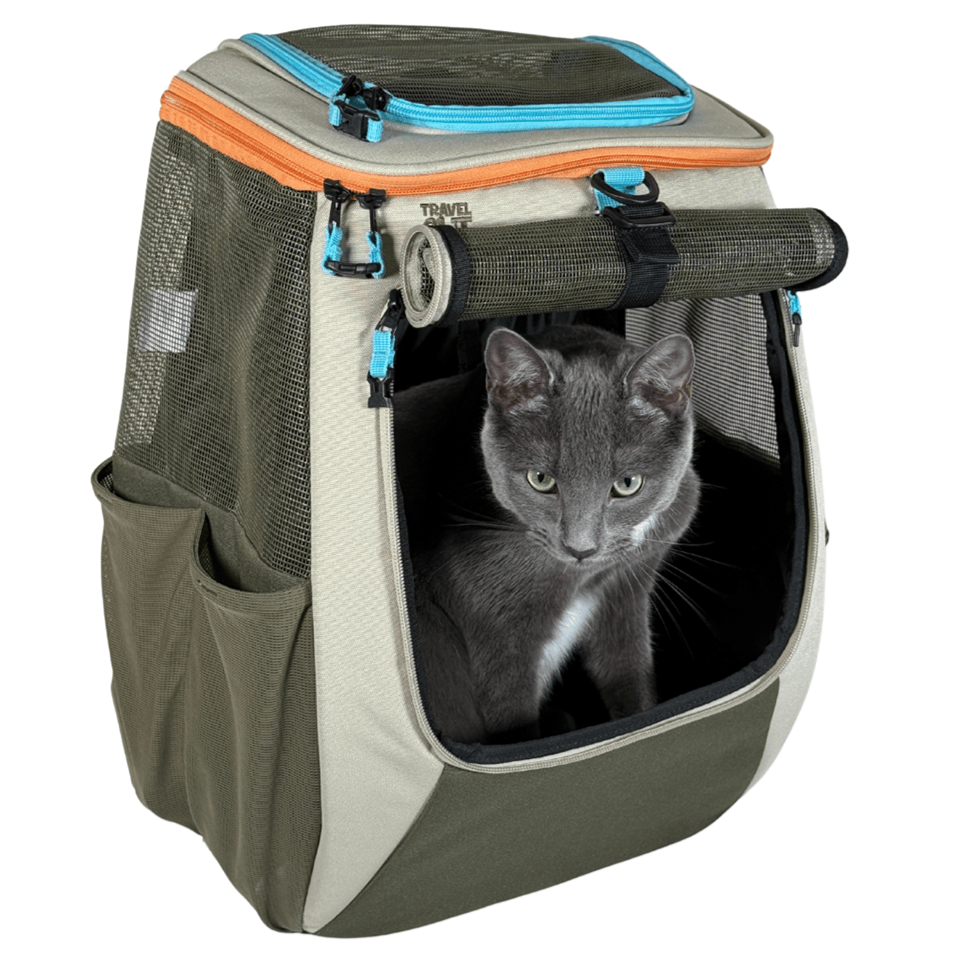
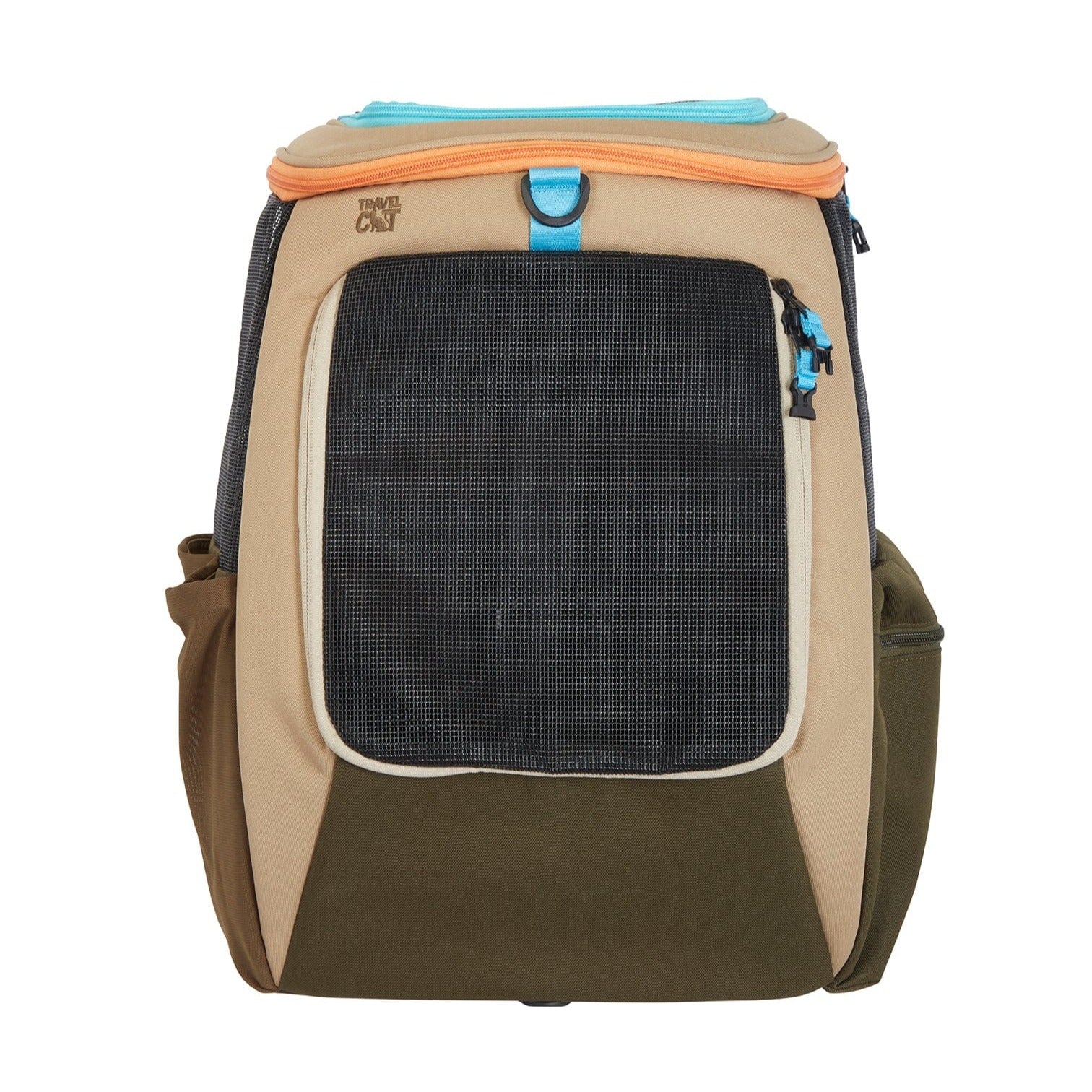
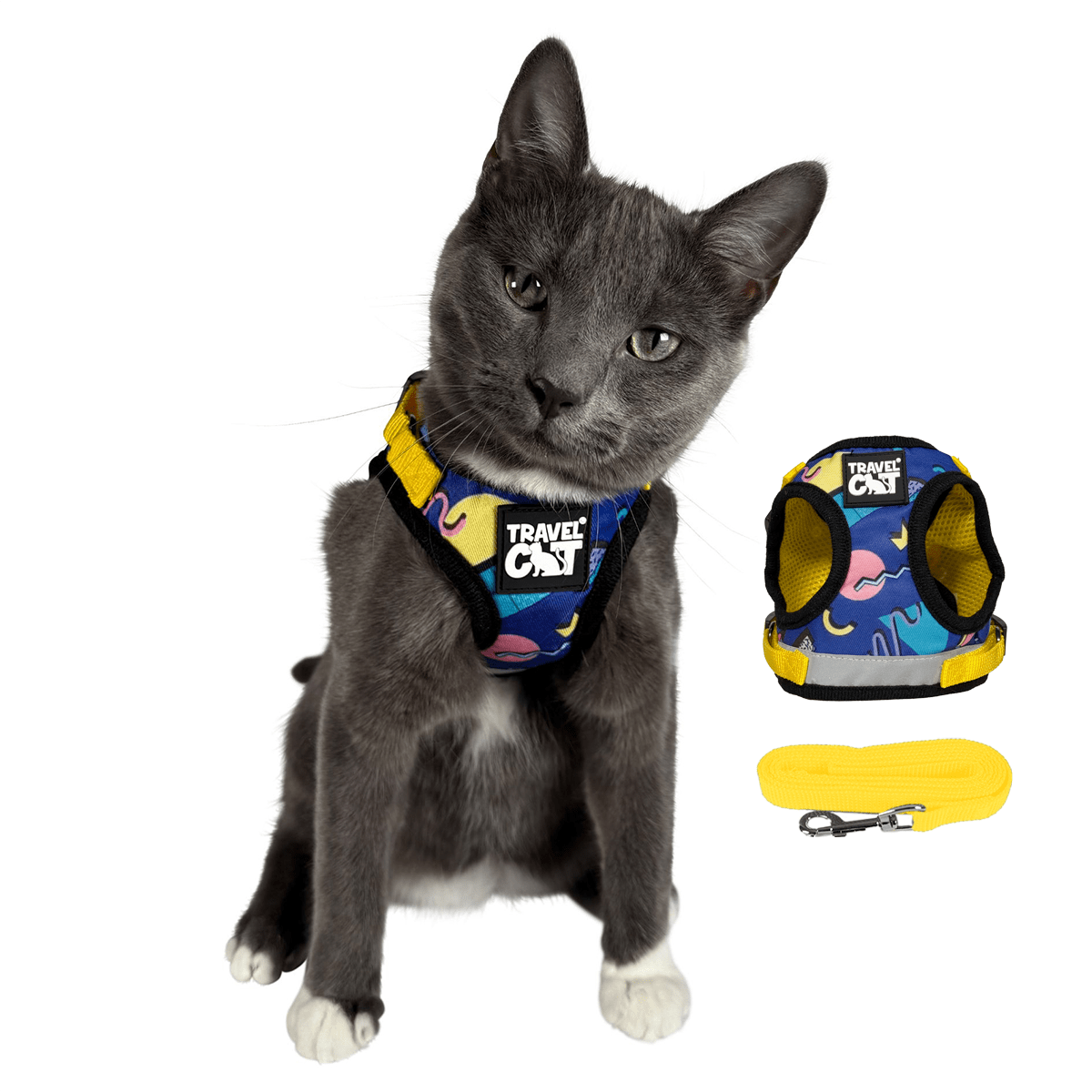
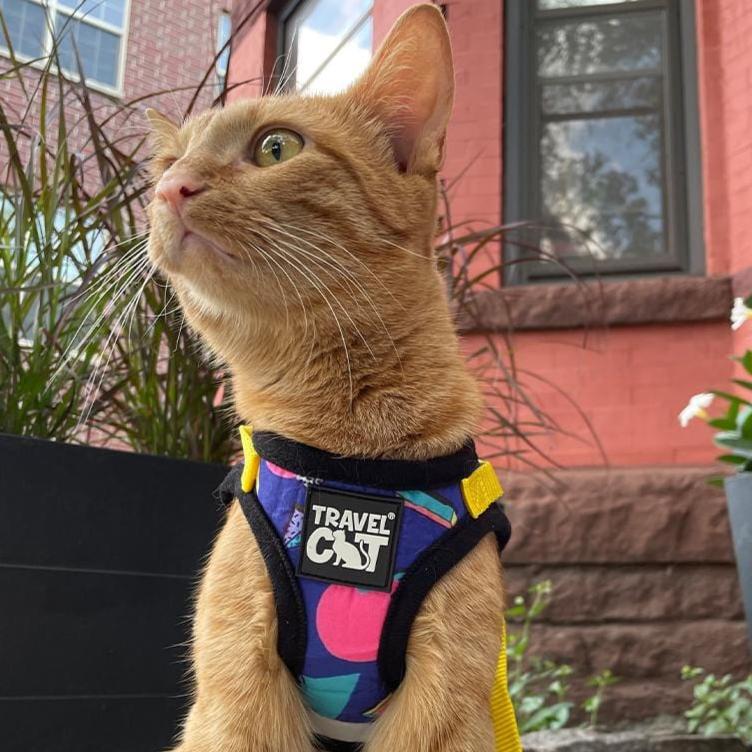

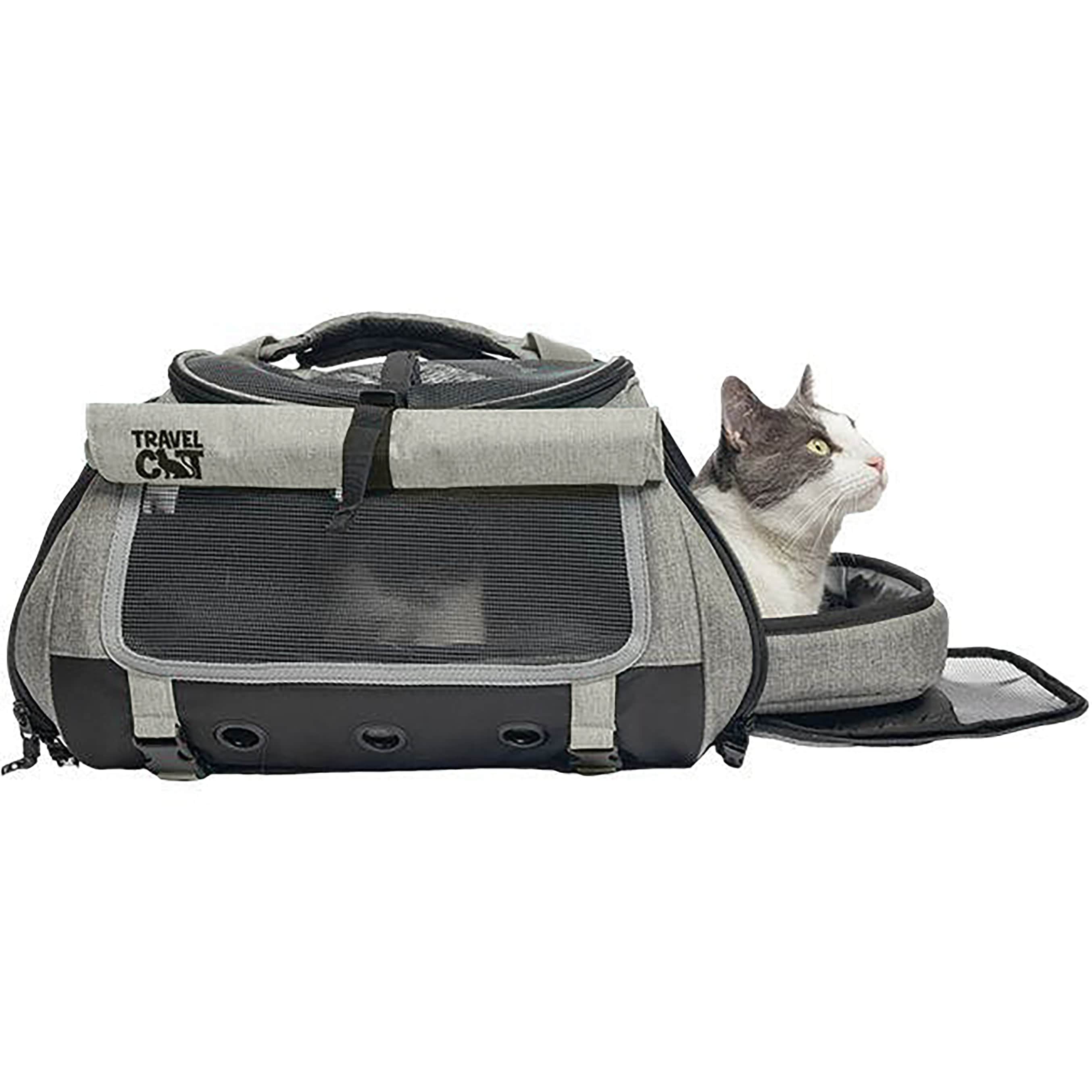
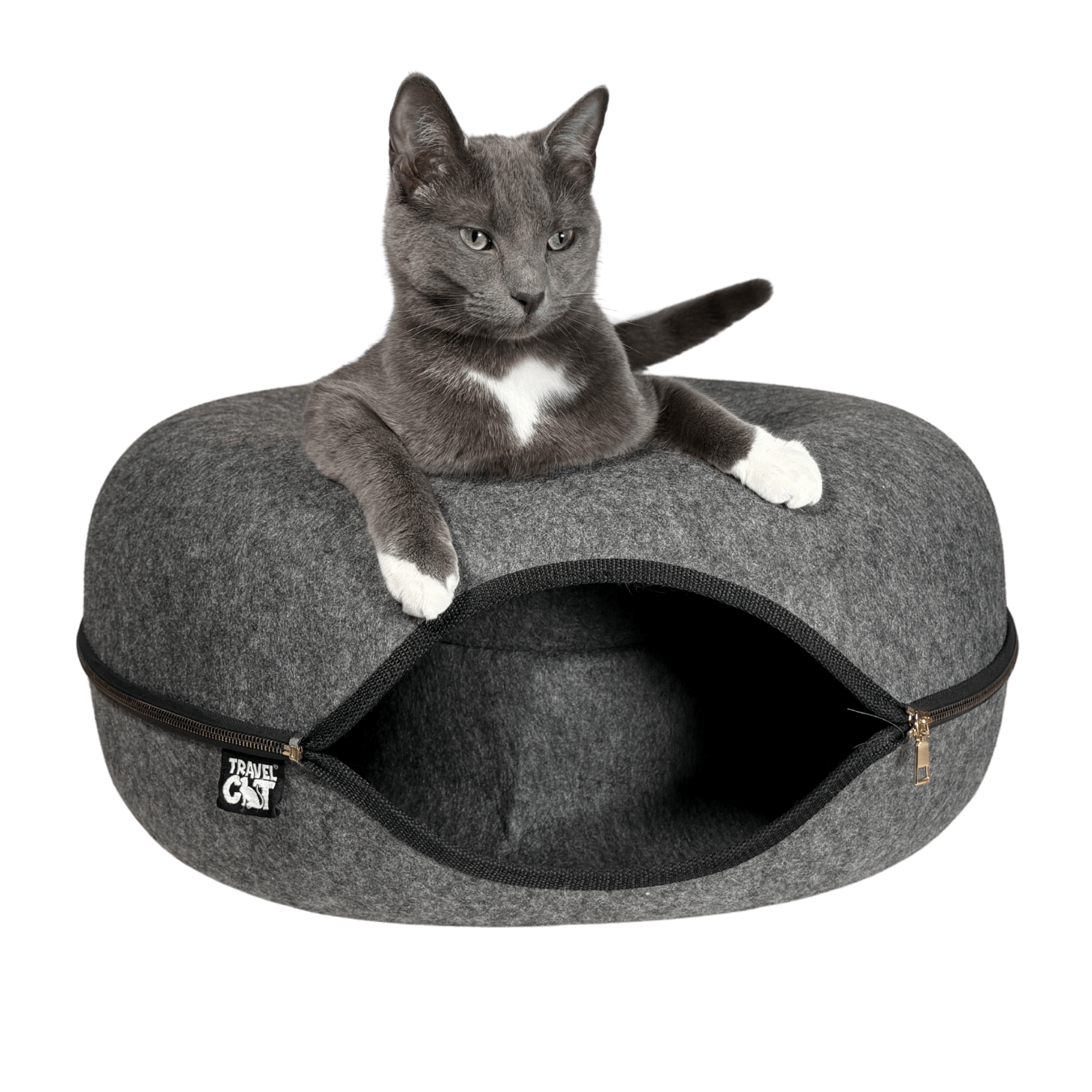
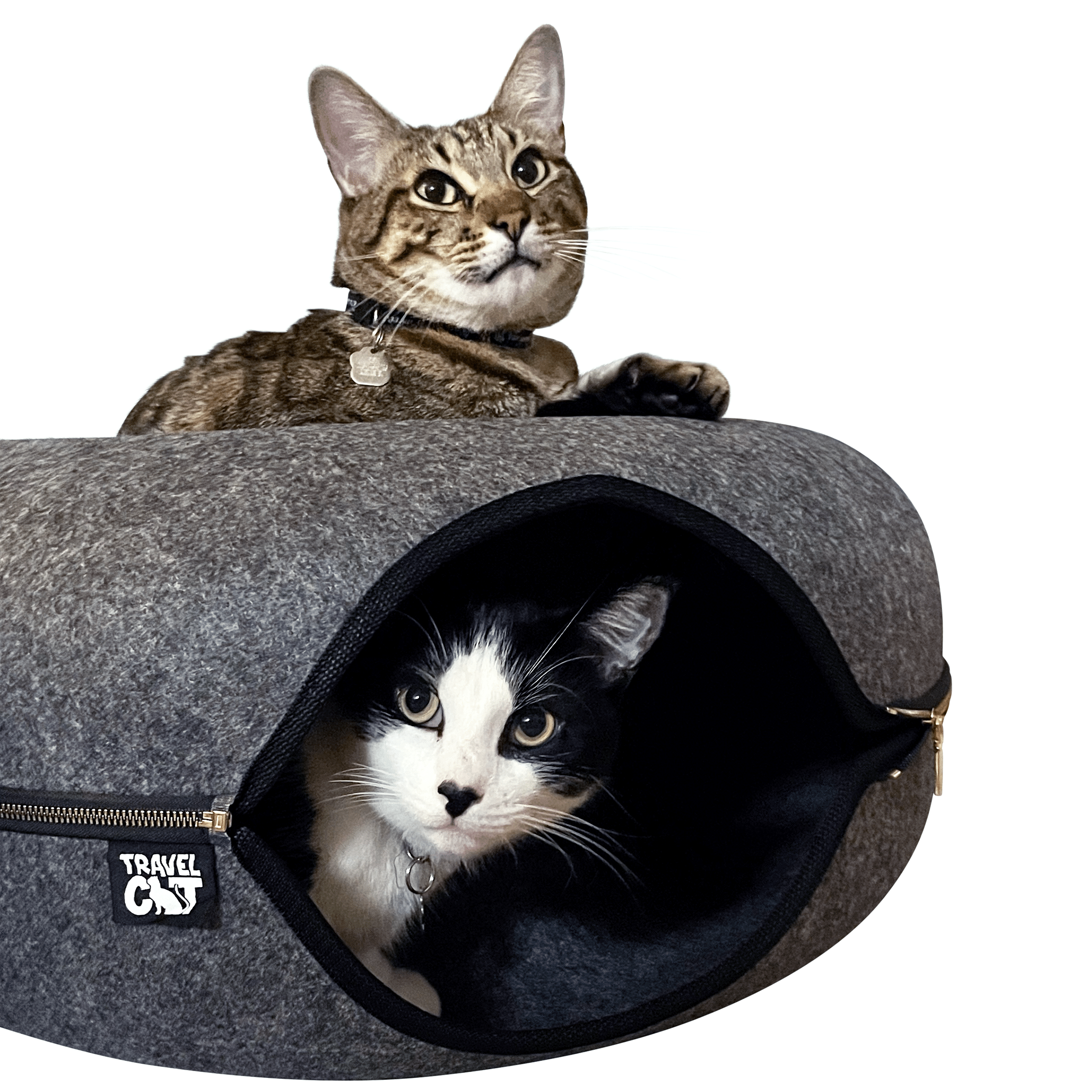
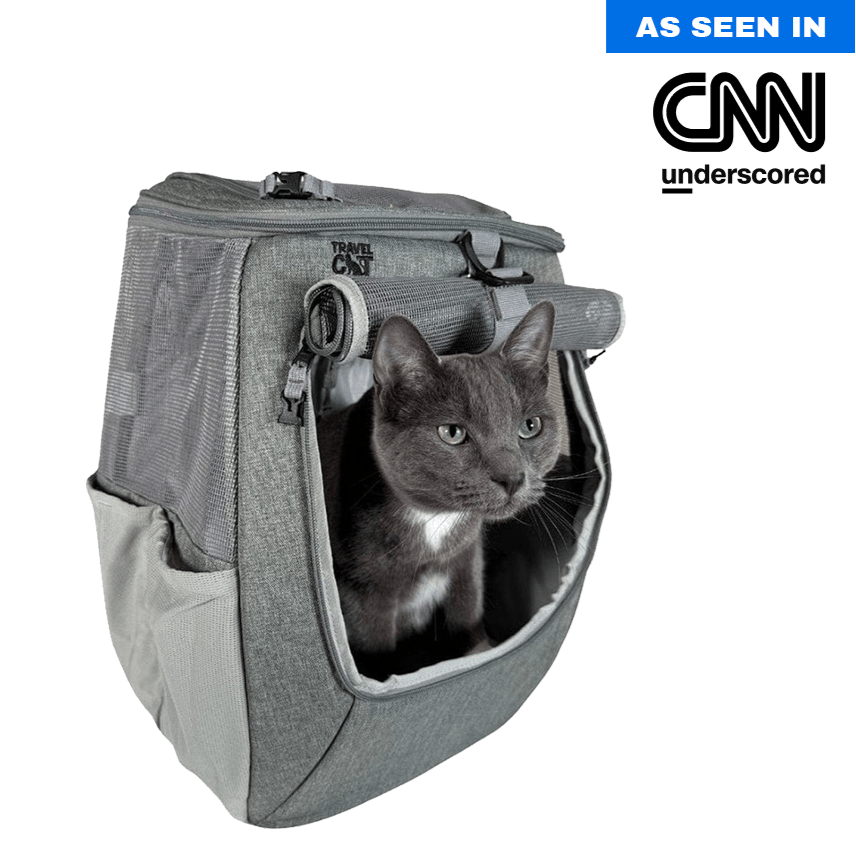
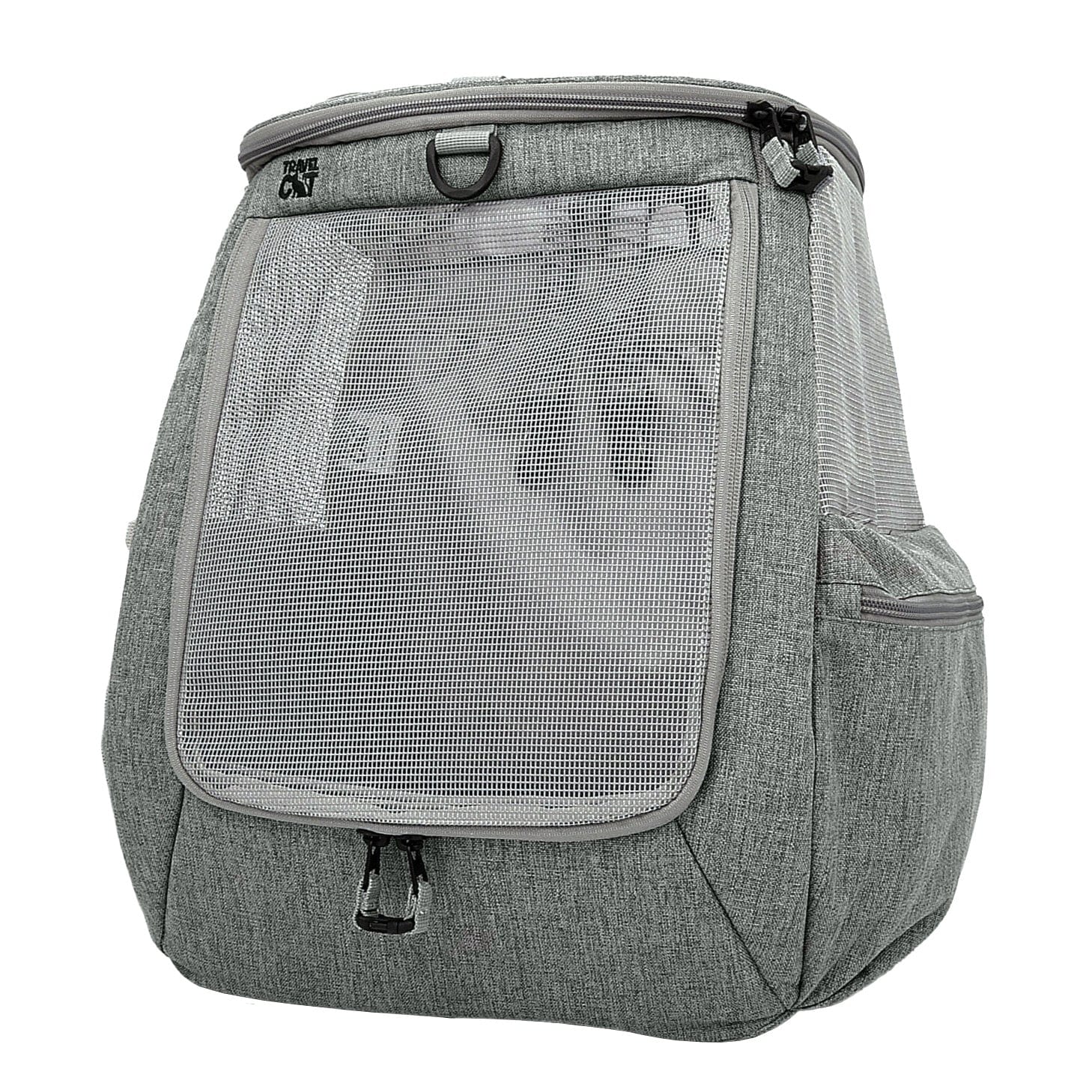

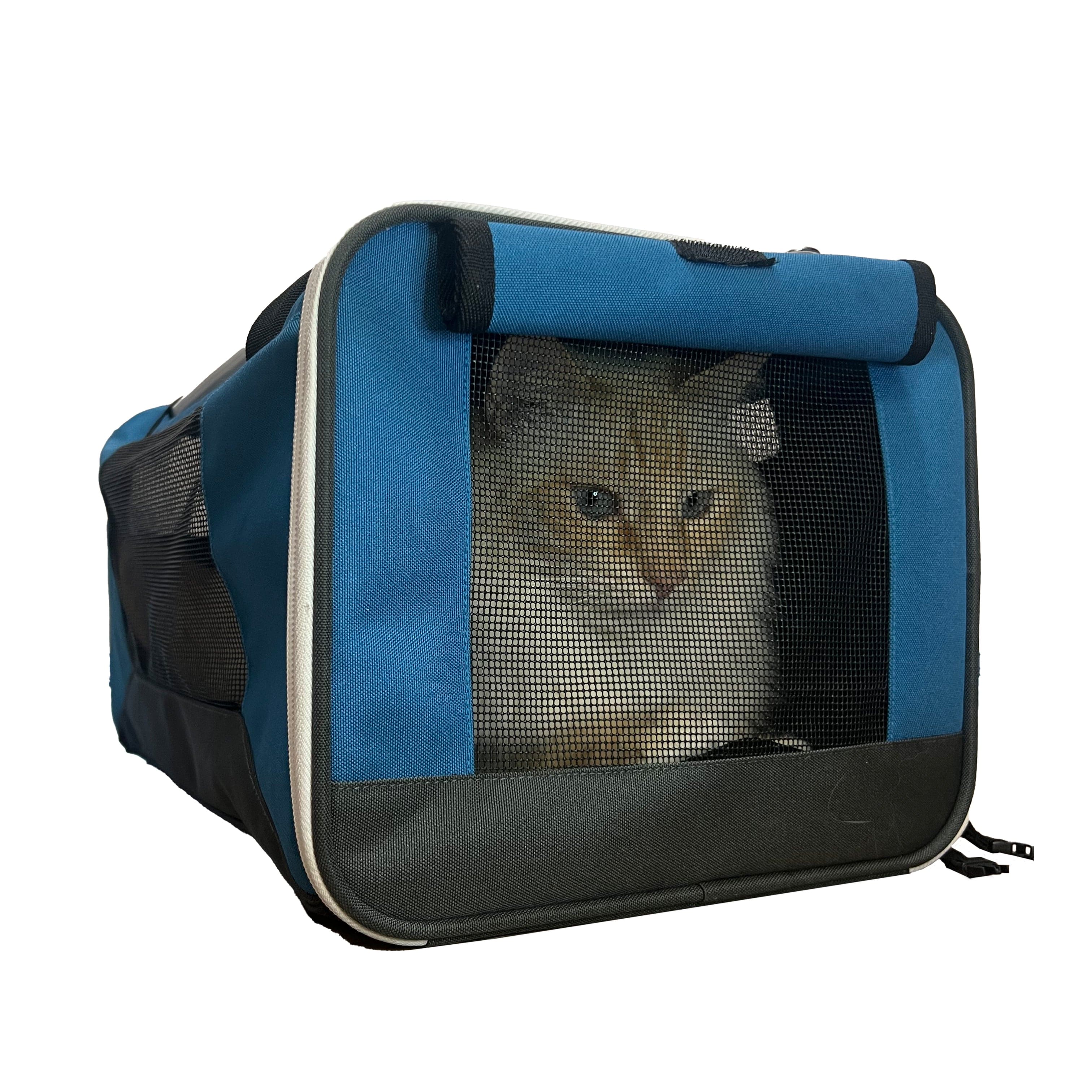


3 comments
Super informative, I learned a lot from this.
Boris
this is a pretty good article
Jonotan
One of my cats vibrates his tail very fast while straight up. For him it means he wants to jump in my lap. I have had cats all my life. He is the first one that ever did that. He will do it sometimes when I come home, just happy to see me, i guess. He is an extremely friendly cat.
Tom
Leave a comment
This site is protected by hCaptcha and the hCaptcha Privacy Policy and Terms of Service apply.